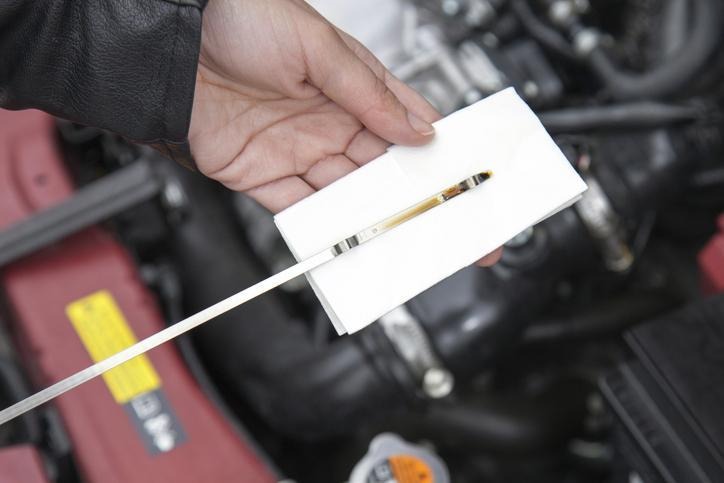Understanding Oil Consumption: When It’s Normal and When It Signals Trouble
In the world of auto repair, oil loss is one of the most common red flags that rolls into the shop. But not every drop means disaster. For students enrolled in an auto mechanic school in Surrey, understanding the difference between normal oil consumption and engine trouble is an essential skill that separates good techs from great ones.
Whether you’re just getting started in the automotive service technician program or planning your career, here’s what you need to know.
What’s Considered “Normal” Oil Consumption?
Even a healthy engine uses a little oil. Modern manufacturers often specify a certain level of acceptable consumption, approximately one litre per 1,600 to 2,000 kilometres, which isn’t unheard of, especially in high-performance or turbocharged engines.
Factors that affect natural oil usage include:
- Engine age and mileage: Older engines with worn seals or rings may burn more oil.
- Driving habits: Aggressive driving, towing, or extended high-speed runs can increase consumption.
- Engine design: Some engines, by nature, use more oil than others. For example, direct-injection or turbocharged engines can run hotter and burn more.
Learning what “normal” means, reading the manufacturer’s guidelines, and interpreting what oil burn looks like across different vehicle types.

When Oil Loss Signals a Problem
While some oil use is routine, as learned in ATC’s automotive service technician program, however, excessive consumption is often the sign of mechanical trouble. A future tech should know how to spot the difference early.
Common warning signs of abnormal oil consumption include:
- Blue smoke from the tailpipe (indicates burning oil)
- Oil residue around valve covers or spark plug wells
- Frequent need for top-ups between oil changes
- Engine knocking or tapping (due to low lubrication)
- Poor fuel economy or performance loss
Possible culprits? Leaky valve seals, worn piston rings, clogged PCV valves, or even a faulty head gasket. The goal is to understand how these components interact and how to diagnose them accurately.
Hands-On Learning at ATC Surrey
At ATC Surrey, we train students to go beyond the textbook. In our auto mechanic course, students perform oil inspections, compression tests, and leak-down diagnostics to understand how engine wear affects oil consumption.
By diagnosing real vehicles under real shop conditions, students gain critical thinking skills they’ll use every day in the field.

Why It Matters for Your Career
Knowing how to interpret oil usage helps future technicians build credibility with customers. It can prevent expensive repairs or unnecessary replacements, and it keeps the vehicles (and drivers) safer.
Employers value techs who can communicate clearly about preventive maintenance and explain oil usage without guesswork. When you know how to translate those visual signs into accurate insights, you’re not just servicing a vehicle, you’re building trust.
Learn the Real Skills That Count at ATC Auto Mechanic School In Surrey
Understanding oil consumption is one of the countless skills you’ll sharpen in ATC Surrey’s automotive service technician program.
Whether you’re aiming for dealership work, independent garages, or even high-performance shops, the foundation you build here will give you the confidence to tackle anything, from oil loss to engine rebuilds.
Start your training at an auto mechanic school in Surrey and get ready to turn your curiosity into a career.
Contact ATC Surrey Today!


